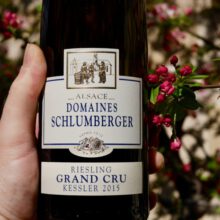
Product information
Domaines Schlumberger Riesling Grand Cru Kitterlé 2017
Riesling from Alsace, France
$67
Description
Such a beautiful purity to the Schlumberger wines. Intoxicating aroma of jasmine, perfume, and, musk. It’s great to see it being released with 4 years of age. Young Riesling can often come across more primary and fruity. When you get to this level they have vinosity, the smell and taste like wine! Exceptional length and depth of fruit here. The long fermentation at upto 4 months, from a winemaker’s perspective definitely builds mid-palate weight, and, it shows. This is pristine, layered.
Out of stock
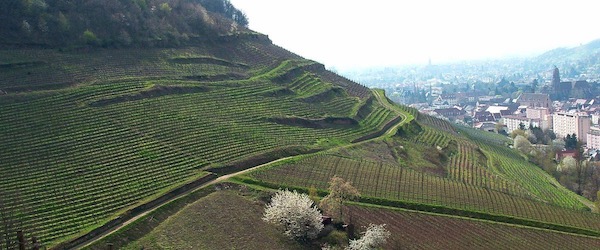





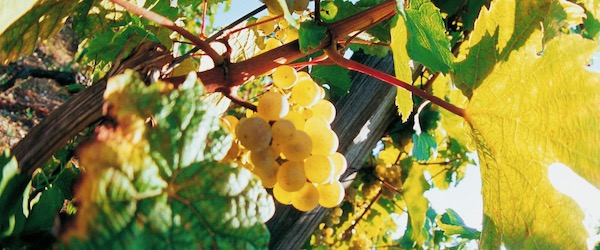



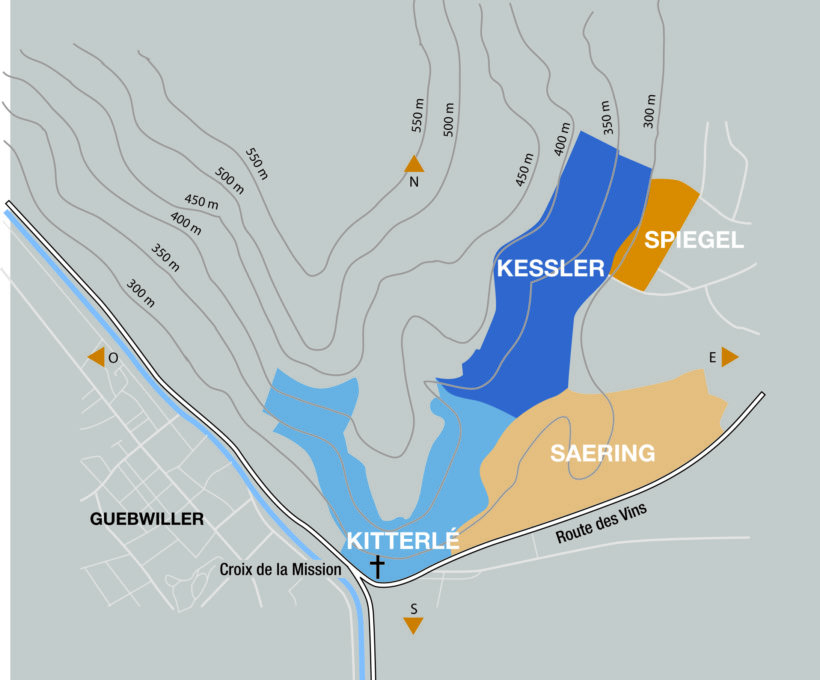

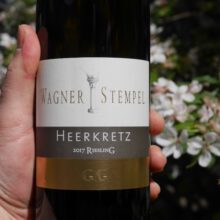

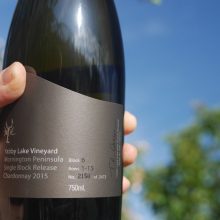
You must be logged in to post a comment.